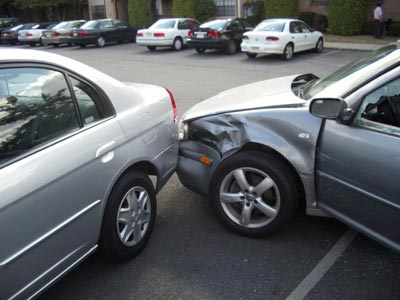Numerous road accidents happen every day. They vary in degree and severity and cause damage to property, injuries and even claim lives. According to the Association for Safe International Road Travel, around 1.3 million die yearly due to road crashes, which is about an average of 3,287 casualties in a day. In addition, there are about 20 to 50 million injuries or disabilities caused by car crashes around the world. In the US, over 37,000 people die in road crashes each year and an additional 2.35 million are injured or disabled.
Collision damages, whether minor or major, are a result of road accidents. Depending on the type of collision, cars suffer either a major or minor collision damage. Different factor contribute to the severity of damage like road types and characteristics, weather conditions, traffic controls, type, size and shape of car and the speed to which it is driving, angle and direction of both vehicles upon the impact and the persons involved and their physical condition while driving.
Major Collision Damage
A major collision damage is when the structural support or integrity of a car is compromised. The depth of damage is also a major indicator of whether a collision damage is major or not. When cars are non-drivable or when the system is impaired to the point that driving the car will pose hazards, it is considered a major collision damage. Some of the repairs that are usually addressed during a major collision damage are:
- damaged suspension
- broken windows
- leaking coolants
- broken axles
- deployed airbags
- twisted frames
- missing lights
- doors and trunks that do not close
Minor Collision Damage
 Minor collision damages can be easily fixed. They are usually not visible or severe. The damage incurred is usually just cosmetic or limited only to a single panel or bumper. Minor collision damages usually affect non- structural elements and usually do not require a replacement of part or panel. Here are some minor collision damages:
Minor collision damages can be easily fixed. They are usually not visible or severe. The damage incurred is usually just cosmetic or limited only to a single panel or bumper. Minor collision damages usually affect non- structural elements and usually do not require a replacement of part or panel. Here are some minor collision damages:
- minor damage on the side mirror that requires replacement
- minor dents and cracks on door panels
- minor dents and cracks on fenders and bumpers
- busted tail and headlights
- broken windshield
- scratches on the paint
Usually, what sets a major collision damage from a minor collision damage is the depth and extent of damage. To help you assess the extent of collision damage on your vehicle, it is best to contact and consult your auto body repair company.
Written by Marc Laferierre, owner of Dents Unlimited. Dents Unlimited offers the best collision repair Columbia MO has to offer.

